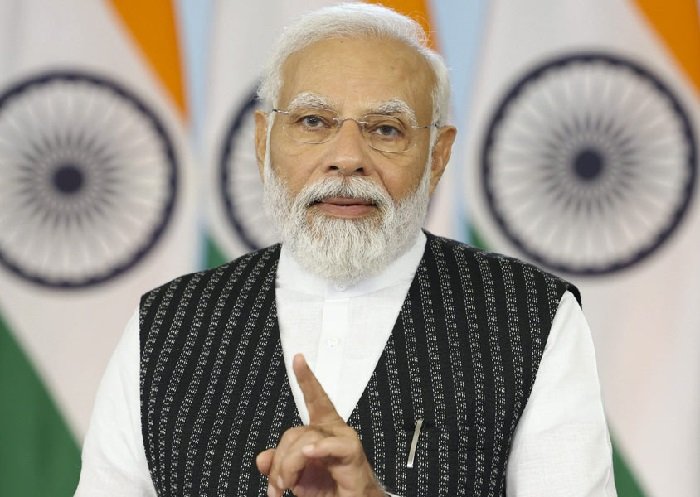Prime Minister Narendra Modi is set to inaugurate the priority corridor of the Agra Metro on Wednesday, March 6, marking a significant milestone in the city’s transportation infrastructure. The inauguration ceremony, scheduled for 10 am, will witness the virtual presence of Governor Anandiben Patel and Chief Minister Yogi Adityanath, adding to the importance of the event, as confirmed by Uttar Pradesh Metro Rail Corporation (UPMRC) Deputy General Manager PR, Panchanan Mishra.
The Metro project holds great promise for enhancing connectivity and easing transportation woes in the city. Here are some key highlights and features of the Agra Metro:
Metro Line and Stations: The Agra Metro line comprises six stations, with three elevated and three underground stations. Covering prominent landmarks such as the Taj Mahal, Agra Fort, Mankameshwar Temple, and Jama Masjid, the metro aims to facilitate convenient travel for residents and tourists alike.
Station Names and Operation Hours: The stations along the priority corridor include Taj Mahal East, Captain Shubham Gupta, Fatehabad Road, Taj Mahal, and Mankameshwar Temple. Operating from 6 am to 10 pm, the metro service will cater to the diverse travel needs of commuters throughout the day.
Fare Structure: The fare structure of the Agra Metro is designed to be affordable and accessible to all. With fares ranging from ₹10 for distances up to one kilometer to ₹20 for distances up to 2-6 kilometers, the metro seeks to provide an economical mode of transportation for passengers.
Ticketing and Amenities: Passengers can conveniently purchase metro tickets and access station facilities using a dedicated mobile app, thereby minimizing waiting times and enhancing user experience. Additionally, the metro stations will feature amenities such as eateries and facilities for organizing events like birthday celebrations and pre-wedding shoots, adding to the overall appeal of the metro system.
Cultural Integration and Sustainability: Embracing the local heritage and culture, the Agra Metro stations are adorned with paintings depicting the vibrant ‘Braj’ theme, cultural festivals, and local temples. Furthermore, the metro trains are equipped with energy-efficient features such as regenerative braking systems and CO2-based sensors, underscoring the project’s commitment to sustainability and environmental conservation.
Future Expansion: The Metro Rail Project encompasses two corridors, namely Taj East Gate to Sikandra and Agra Cantt to Kalindi Vihar, with a total length of approximately 29.4 kilometers. The project is poised to enhance connectivity and promote economic growth across the city.
As Agra gears up to embrace its new metro system, the inauguration marks a significant step towards modernizing urban transportation infrastructure and fulfilling the evolving needs of its residents and visitors. With its blend of heritage, innovation, and sustainability, the Agra Metro promises to be a transformative force in shaping the city’s future.
